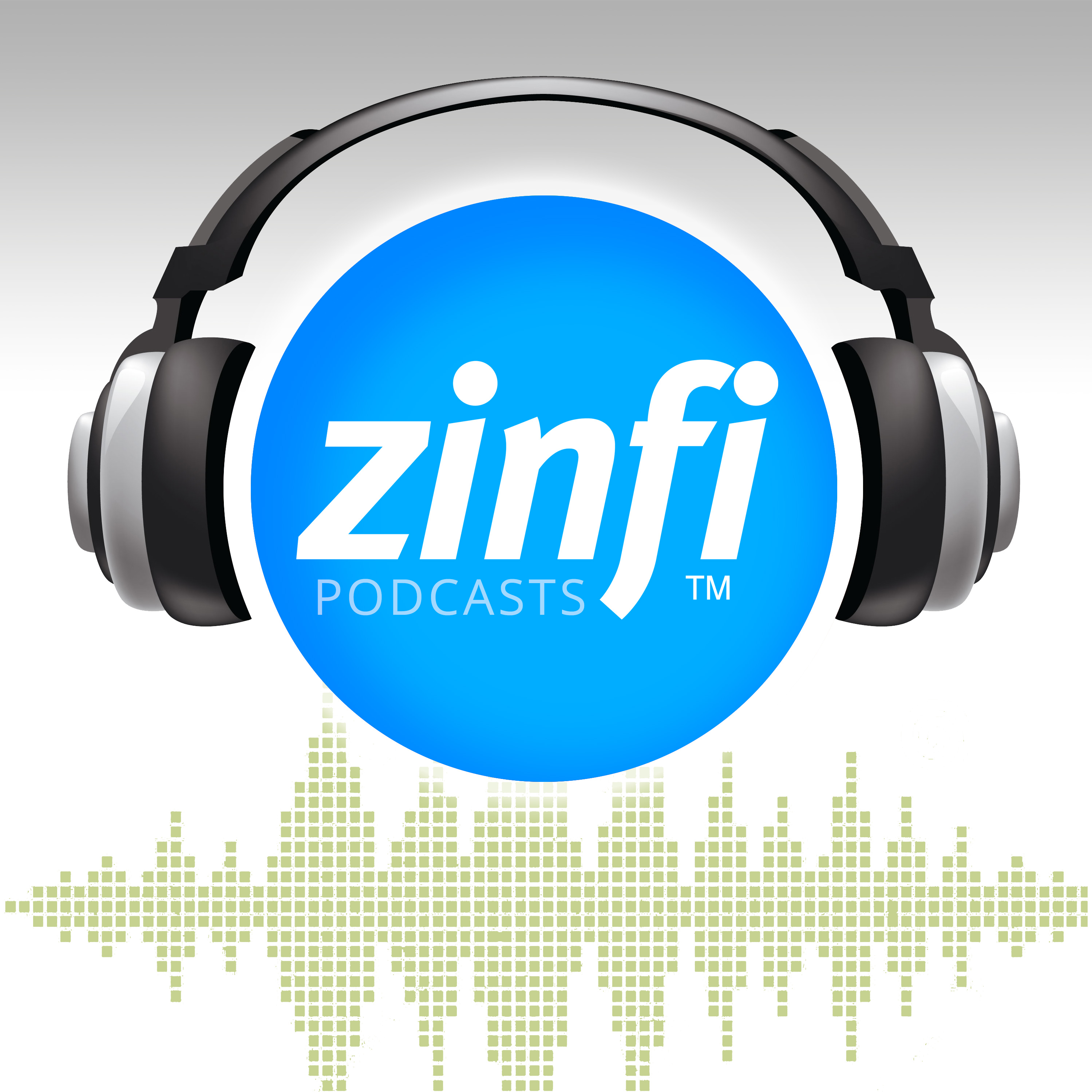5 Tips for a Winning Trifecta: Search Marketing, Social Marketing and Email Marketing

Wikipedia defines trifecta\xa0as \u201ca\xa0parimutuel bet\xa0in which the bettor must predict which horses will finish first, second, and third in exact order.\u201d\xa0The good news is that when you are running a digital marketing program you don\u2019t need to be quite so precise in order to win the bet as long as you are properly using three key tactics: Social Marketing, Search Engine Marketing & Email Marketing. And in fact, if you upgrade your usage of just one, you can make the others work more effectively as well.\nOver the past couple of decades, the way we track down a good B2B vendor has changed completely. Where once we sifted through magazines or asked industry forums, now almost everything happens through online searches. In recent years, multitudes of\xa0social marketing\xa0channels like Slideshare, Facebook, or LinkedIn groups, have emerged to create a rich source of interest-specific content. These channels not only offer a value added source for news and product information, but are also a great way to listen into peer reviews and conversations.\nAs a B2B marketer today, it is almost impossible to run an effective digital marketing campaign without an integrated approach for using the trifecta of search marketing,\xa0social marketing\xa0and email marketing. Sifting through the mass of information on the topic, I\u2019ve found that we can distil the key ingredients of a successful digital campaign into five key picks:\n\n\n \tPicking the right content strategy- It is vital to plan a content calendar would stretching out for at least a six to twelve month cycle, and identify what products or solutions will be promoted, and when. It\u2019s easy to get sucked into the habit of creating content for content\u2019s sake, but without a cohesive content marketing strategy and calendarized plan it is almost impossible to get high ROI from digital campaigns.\n \tPicking the right tactics- Once you have figured out your content framework, then you need to work out how best to promote the content that you would like your prospects or customers to consume. Content types and approaches differ widely for Facebook, LinkedIn, Twitter or Pinterest. Slideshare or YouTube can have high worth as value added tools, but need to be clearly aligned with content strategy in order to make an impact.\n \tInitiating search optimization- While there is value in spending advertising budget on paid search, organic search can yield much better results and broaden the funnel to include people who may not be ready to buy, but are ready to engage with your content. Therefore, when a content calendar is being developed, it is important to understand what key words you are going to focus on for the next six to twelve months \u2013 not just today - and optimize around that longer term objective.\n \tBeing socially prudent- More is not more when it comes to\xa0social marketing. The goal is not to push random content and dilute the engagement. We need to be strategic about separating substance from noise. Substance, for example, would be a success story, and noise would be a low-priority version update announcement that doesn\u2019t align with your overall solution marketing message. So, when you build your\xa0social marketing\xa0network, you need to be clear about how you will deploy content via each channel. Your content will drive user or reader engagement, which in turn will build your relationship with a future customer.\n \tOptimizing the balance\xa0- You can leverage different social marketing\xa0channels to promote solutions and products, while still mapping them to defined keywords and an overall content strategy. Make room within your plan for tightly defined tactical activities as well as more strategic, long-term communications. The one-off approach might be an email prospects to a webinar or an event or announce a buy one get one free promotion. Or introduce a weekly or monthly newsletter offering value added content to potential and current buyers.\xa0 Just remember to tie in these approaches with your search and\xa0soci...